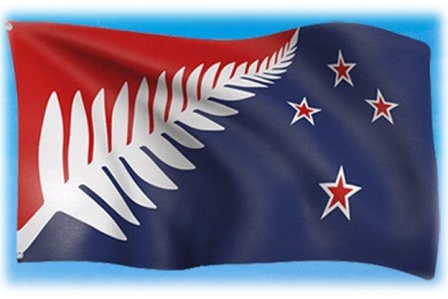
It takes 1 ¾ hour to reach our first aim in the North. Besides us there are only two or three other cars on the parking ground. A young man comes up the way from the light house. I shout a good-humoured “guten Morgen!” at him, he answers in German, grinning. Fortunately we brought our jackets with us, the wind is enormous here where the Tasman Sea and the Pacific are clashing. We take beautiful pictures of the light house and the famous guidepost with a lot of signs in all directions of the world.

As Richard told us we start very early towards the Northernmost end of New Zealand to visit the famous light house at Cap Reinga in time before the tourist busses unload their masses of passengers. Today the weather has very much improved, a trashy moon still shows on the pink morning sky and shines through our bedroom window.
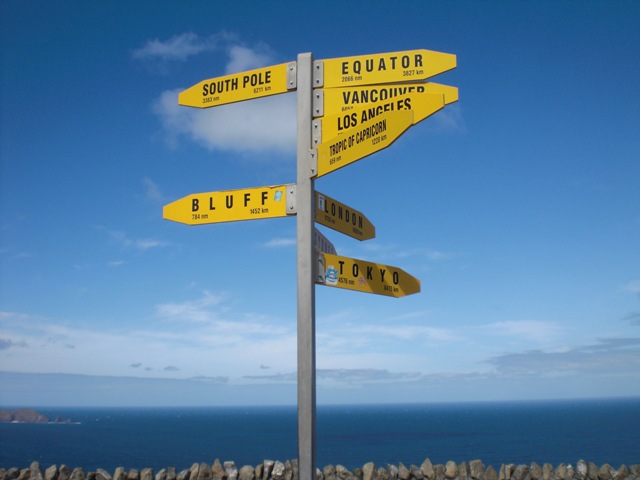
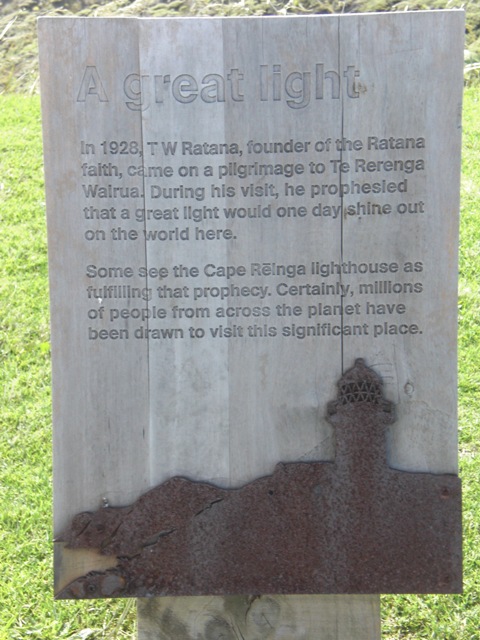
On our way back we see the busses coming. We are glad that we managed to get up that early. Somewhere half the way back we follow a sign and turn right toward “Ninety Mile Beach”. Two kilometres later the paved road changes into a gravel driveway. There is nobody here but us. We finally really pass the dunes to the beach – wow, what a view! Endless waves and sand beaches as far as you can see, to both North and South. And just the two of us! We look for a wind-protected place to have picnic. Well, no chance concerning the wind, the sand creaks between our teeth.

We make another stopover at the so-called „Gumdiggers Forest“. Meanwhile a forest of tee trees has grown here. Several paths lead trough the forest into the industrial history of this region. They had started collecting gum already in 1814, from 1870 to 1920 digging for gum was the settlers main line of business in the North. The raw material lost its importance with World War I.
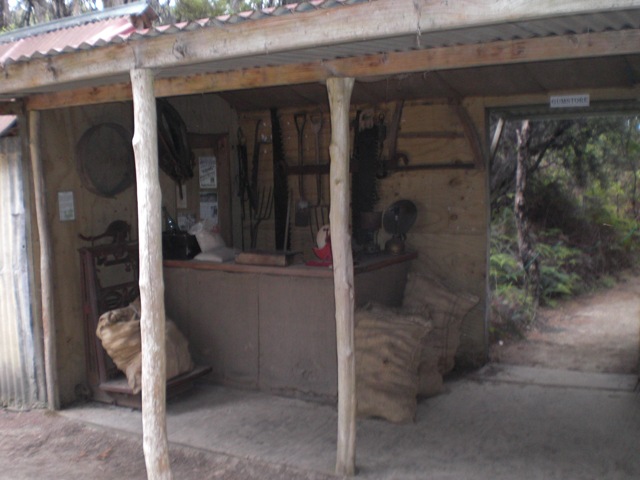
The outdoor museum offers an informative summary over this part of the history of New Zealand, eg. with the reconstruction of a small gumdigger village and with videos. You should by no means leave the paths as the holes of the excavations are still hidden everywhere beneath the scrubs. Last year they dug out a massive Kauri trunk from the fen which can now also be viewed. We are a little surprised that there are no other visitors. The atmosphere is eerie, with the wind rustling in the high, slender tea trees. Everywhere around us we hear gentle noise in the bushes.
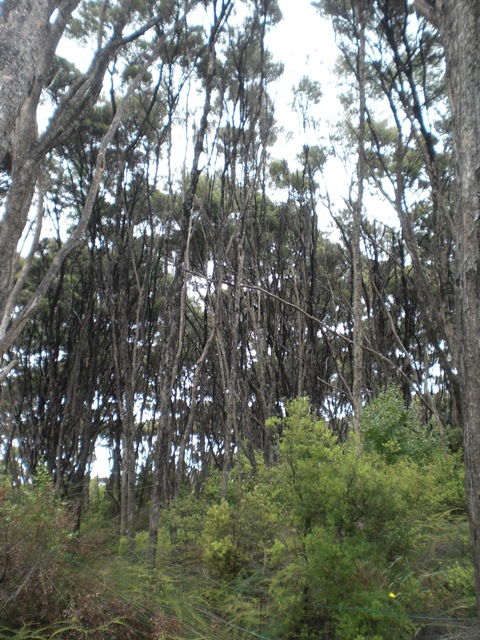
We spare the Kauri Kingdom in Anuwei for today, we still have some time left in Cooper’s Beach. Besides, the tourist busses caught up with us, too many of them parking in front of the building.
New bird sightings of the day: New Zealand Pipit, Yellowhammer and White-backed Magpie. We also saw pheasants and a turkey. They cannot be endemic! The birds guide we bought on Tiritiri now helps us to identify the Common Myna, an immigrant from Asia that can be seen all along the roads. Sometimes near the road we can also see Australasian Harriers searching for prey.
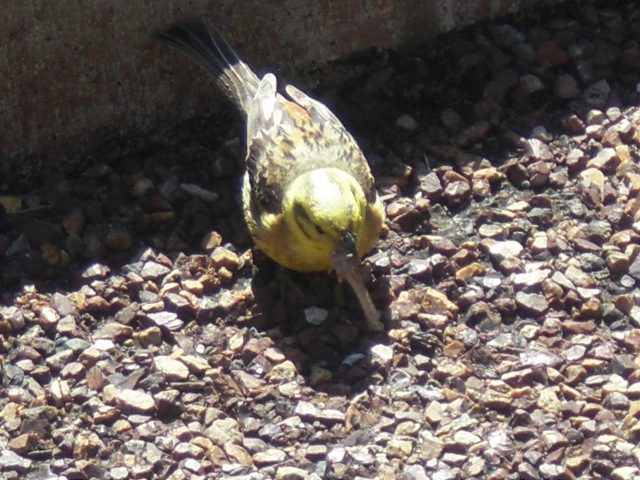
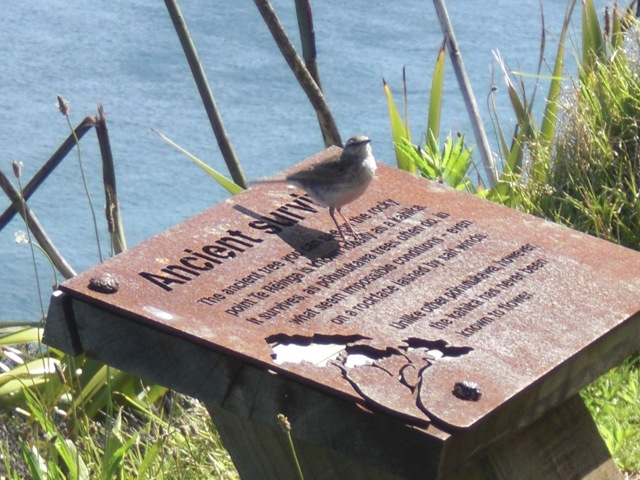
In the darkness we try to allure the domestic owl, Morepork or “Ruru” in Maori. A spotlight is installed above the patio pointing directly on the old Pohutukawa in front of the house. We hope the Ruru might try to catch the moths following the light. The bed in our bedroom is an ideal lookout, the view from here to the tree is best. The bed? It happens what has to happen. Five minutes later we are lying on the bed with our glasses still on, completely dressed and deeply fallen asleep. If the Morepork did appear? I have no idea, I hope it enjoyed the moths.
